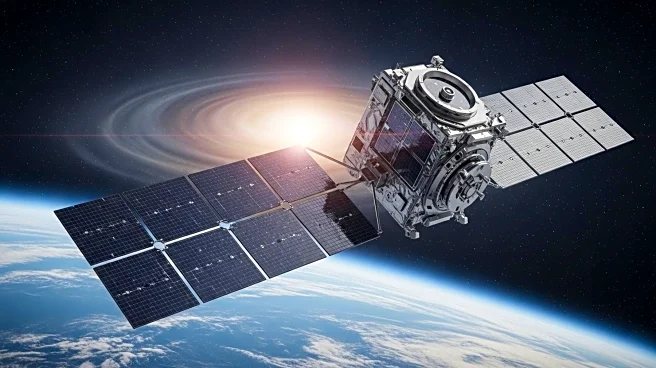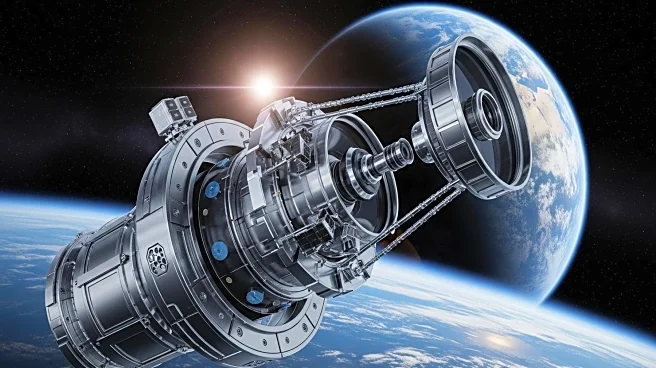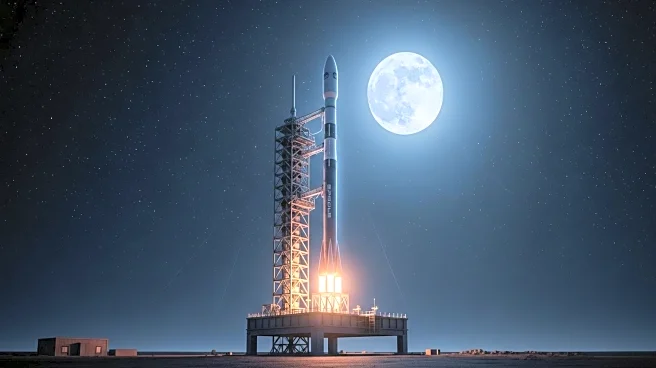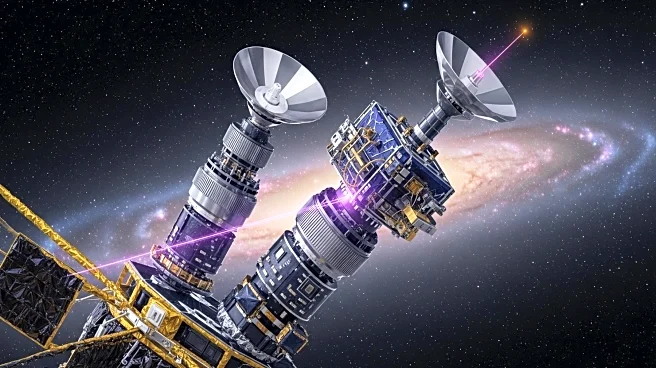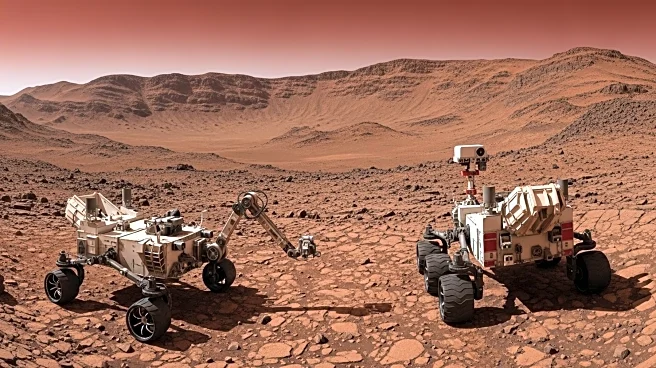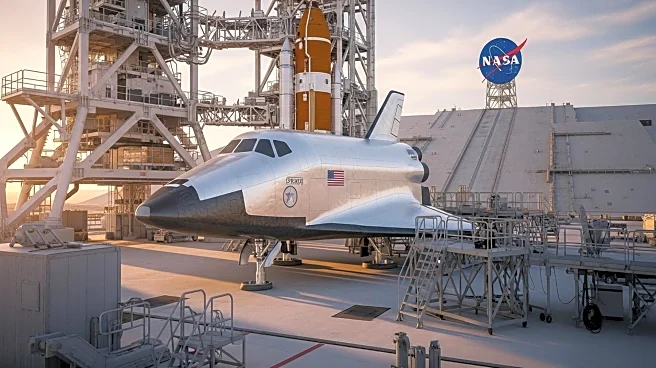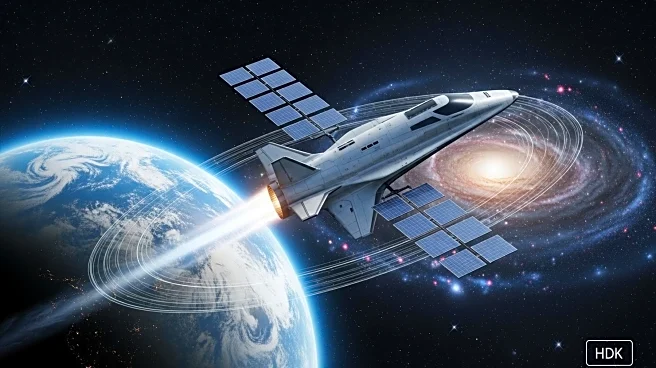What's Happening?
NASA's Armstrong Flight Research Center in California is constructing a new subscale aircraft to support complex flight research. The aircraft, built by pilots Justin Hall and Justin Link, replaces the aging MicroCub with a more capable platform. This new aircraft is designed to save time and reduce costs, offering greater flexibility for flight experiments. It will be used to test new aerodynamic concepts, technologies, and flight control systems, accelerating innovation in aeronautics.
Why It's Important?
The development of this new aircraft is crucial for advancing aeronautical research and technology readiness. By using small, remotely piloted aircraft, NASA can conduct more frequent and affordable testing compared to crewed missions. This approach supports NASA's broader mission objectives, including Earth and space exploration, by enabling rapid prototyping and risk reduction.
What's Next?
The aircraft will be used in various flight experiments, including the Robust Autonomous Aerial Recapture project. This project aims to develop systems for mid-air capture, which could be applied to future science missions involving drones. The success of these experiments could lead to more efficient and cost-effective methods for conducting space missions.
Beyond the Headlines
The project reflects NASA's commitment to innovation and cost-effective research methods. It also highlights the potential for uncrewed aircraft systems to transform aeronautical research and applications.

